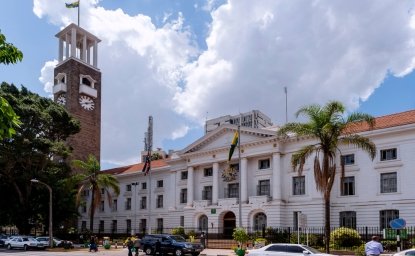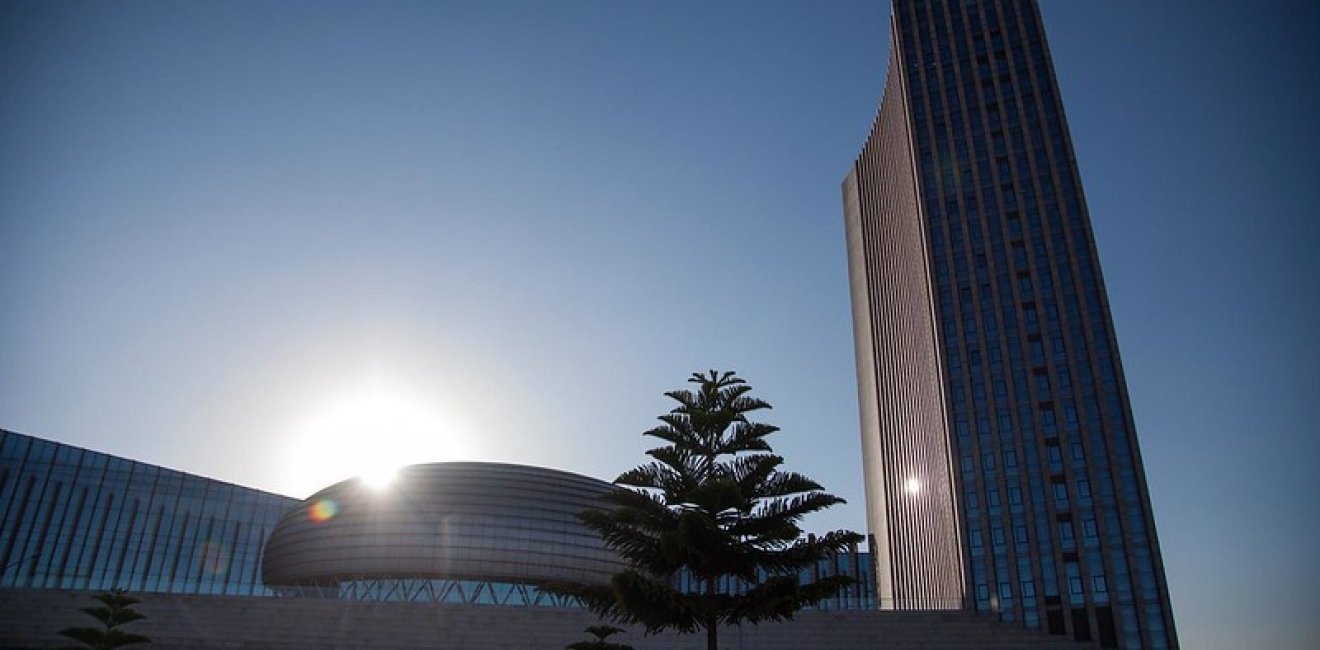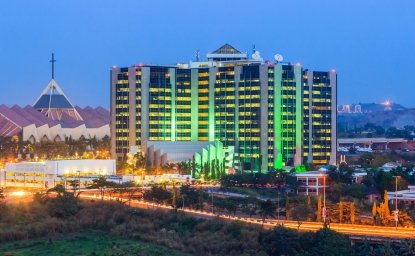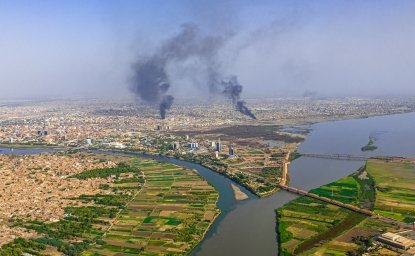
A blog of the Africa Program
It has been a decade since African leaders envisioned a fifty-year transformational plan, Agenda 2063, by signing the 50th-anniversary solemn declaration at the African Union (AU) Summit held in Addis Ababa in May 2013. Agenda 2063, under the auspices of the AU, guides the continental, regional, and national development plans to transform the continent with sustainable development.
Africa is completing the first ten-year implementation plan (FTYIP) (2013-2023) and is about to embark on the second ten-year implementation plan. The first phase had its achievements and shortcomings, as documented by the first and second continental reports on its implementation. Reports recorded achievements in the African Continental Free Trade Area (AfCFTA); however, there needed to be more areas of economic transformation and job creation, among others.
The challenges that the AU, Regional Economic Communities (RECs), and African governments have faced thus far can provide new opportunities for implementing the transformational plan. During the second implementation period, there is space for a greater focus on preventing violent conflicts, pursuing long-term global partnerships, strengthening horizontal relations of the RECs, and investing in the potential of the AfCFTA.
Preventing Violent Conflicts
The AU and regional bodies attempted to address conflicts during the FTYIP. However, their inability for timely and efficient responses indicates the challenging task to prevent conflicts. In this regard, the Tigray conflict in Ethiopia, breaking out in November 2020 and lasting for two years, is evidence that the AU and the regional organization Intergovernmental Authority on Development (IGAD) were not playing their part in preventing the conflict from becoming an all-out war. The Continental Early Warning System (CEWS), which is responsible for anticipating and preventing conflicts, was operational when tensions were building between Tigray Region and the Ethiopian federal government but failed to deescalate them.
The lack of clear delimitation between the AU and the RECs on how and when to become involved in conflict resolution, combined with concerns of sovereignty raised by governments, contributed to preventing the AU and regional blocs from playing an effective role in resolving armed conflicts. Though there is an agreement and frequent engagement between the AU and regional bodies on peace and security matters, the absence of clear mandates and coherence made interventions remain limited. Moreover, states' competing interests largely determine regional and continental responses to domestic conflicts and crises in neighboring countries.
These factors contributed to not meeting the "silencing the gun by 2020" target in the FTYIP and having consequences on implementing other priority areas and flagship projects. The AU must thus critically assess the effectiveness of the African Peace and Security Architecture (APSA) and find ways to boost its overall capacity and enhance coordination with regional bodies for timely and efficient responses to conflicts. Above all, African governments are responsible for opening up space for all citizens to participate in the national processes. This can promote peace and security and pave the way for the people to focus on social and economic development activities.
Pursuing Long-term Global Partnerships
The AU and African countries have established several global partnerships that are greatly helping to improve the social and economic life of citizens. The partnerships have also been instrumental in combating violent terrorism in the continent.
Agenda 2063 visualizes a long-term people-centered plan that requires policymakers to consider future generations while initiating and implementing policies. In this context, the outcomes of global partnerships and their implication on the environment, democratic governance, the rule of law, and job creation, among others, should be examined.
With diversified interests of global powers and African States, partnerships exist to advance diverse agendas that impact African citizens. Therefore, African governments must show the political will to review the long-term benefits of the current and future partnerships based on their shared vision. Thus, the partnerships should be audited against all national, regional, and continental aspirations. If required, reshaping the contents in the framework of the transformational plan should be considered.
Strengthening Horizontal Relations of the RECs
Regional Economic Communities are central in promoting the regional integration process. The progress, however, has been slow due to factors such as competing for national interests such as poor infrastructure and lack of institutional capacity.
In addition to working on the integration process of their individual regions, some regional bodies, such as the Common Market for Eastern and Southern Africa (COMESA), the East Africa Community(EAC), and the Southern African Development Community (SADC), have attempted to establish horizontal cooperation. This would help them better facilitate continental initiatives implemented in their regions and beyond.
The AU and regional bodies should analyze how these initiatives for horizontal cooperation can speed up the integration process more if backed by the continental institutional mechanisms. The outcome would lead them to design a policy framework for establishing collaboration among regional bodies.
Such measures can contribute to harmonizing regional policies and pave the way to integrate RECs works. It can help to coordinate better and minimize the challenges of implementing the AfCFTA and other benefits.
Investing in the Potential of the AfCFTA
During the FTYIP, African leaders showed a high political commitment to establish the AfCFTA, which was expected to boost intra-African trade drastically. The adoption of the AU theme for 2023 as "The Year of AfCFTA: Acceleration of the African Continental Free Trade Area Implementation" confirms the determination by AU, regional blocs, and African governments to materialize AfCFTA.
The potential of AfCFTA is immense, as it benefits African citizens in many ways. Its full implementation can take 50 million people out of extreme poverty in 2035 — just after the end of the second implementation phase. When borders open to businesses and the free movement of goods and people is enabled, the continental integration process could speed up, paving the way to materializing the long-term vision in the remaining implementation phases.
To reach this landmark achievement, however, the continued political commitment of African governments is essential. There must be strong coordination between all levels to find solutions to challenges. Accordingly, the competing interest of states, institutional capacities, issues of infrastructure and logistics, and diversifying the export products, amongst others, should be given due attention to be addressed for the smooth operation of AfCFTA.
Conclusion
Africa has finalized the FTYIP and moving to the next ten-year implementation phase of Agenda 2063. The achievements and shortcomings in FTYIP brought opportunities for the next implementation phase.
The AU, RECs, and African governments should build up on the FTYIP successes like the AfCFTA that can bring meaningful changes to the lives of millions of Africans. Besides, the AU and regional bodies should set clear mandates, enhance coordination to respond to conflicts, and strengthen early warning mechanisms. National governments should widen the political space for citizens to participate in national affairs that can minimize conflicts. Institutionalizing horizontal cooperation of the regional bodies and establishing global partnerships in line with the continental agenda are instrumental to sustainable social and economic development.
Nebiyu Daniel Meshesha was a former Ethiopian diplomat that served at the Ethiopian Embassy in Nairobi and Washington, DC. He has BA degree in Political Science and International Relations and MA degree in International Relations from Addis Ababa University.
Photo Credit: Addis Ababa: African Union headquarters in Addis Ababa, Ethiopia by Albert González Farran/UNAMID (CC BY-NC-ND 2.0)
The opinions expressed on this blog are solely those of the authors. They do not reflect the views of the Wilson Center or those of Carnegie Corporation of New York. The Wilson Center's Africa Program provides a safe space for various perspectives to be shared and discussed on critical issues of importance to both Africa and the United States.
Author

Africa Program
The Africa Program works to address the most critical issues facing Africa and US-Africa relations, build mutually beneficial US-Africa relations, and enhance knowledge and understanding about Africa in the United States. The Program achieves its mission through in-depth research and analyses, public discussion, working groups, and briefings that bring together policymakers, practitioners, and subject matter experts to analyze and offer practical options for tackling key challenges in Africa and in US-Africa relations. Read more

Explore More in Africa Up Close
Browse Africa Up Close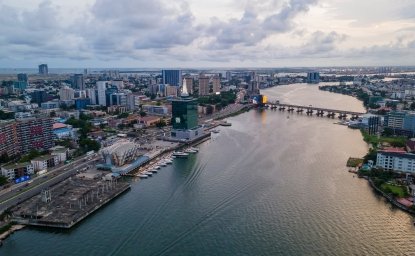
The Innovative Landscape of African Sovereign Wealth Funds
